Soursop, scientifically known as Annona muricata, is a tropical fruit that is native to the Caribbean, Central America, and parts of South America. It is also commonly referred to as graviola, guanabana, or custard apple. Soursop is a green, spiky-skinned fruit with a unique flavor that is a combination of pineapple, strawberry, and citrus notes.
Here are some key characteristics and information about soursop:
Appearance: Soursop is typically green and covered with soft, spiky bumps on its skin. The fruit can range in size from a few inches to a foot or more in length, and it usually has a heart or oval shape.
Flavor: The flesh of soursop is creamy and white, with a sweet and tangy flavor. It is often described as a mix of flavors, including pineapple, strawberry, citrus, and even a hint of coconut. Many people find it delicious and refreshing.
Culinary Uses: Soursop can be eaten fresh by scooping out the flesh and removing the seeds. It is also used in a variety of culinary applications, including smoothies, juices, ice creams, and desserts. In some regions, soursop is used in savory dishes as well.
Availability: Soursop is primarily grown in tropical regions and is typically in season during the warm months. It is not as widely available in temperate climates but can sometimes be found in specialty grocery stores or markets.

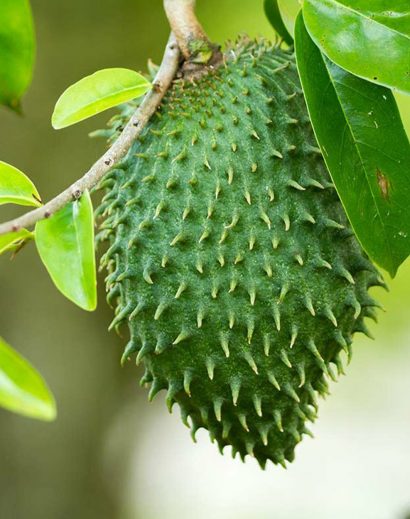
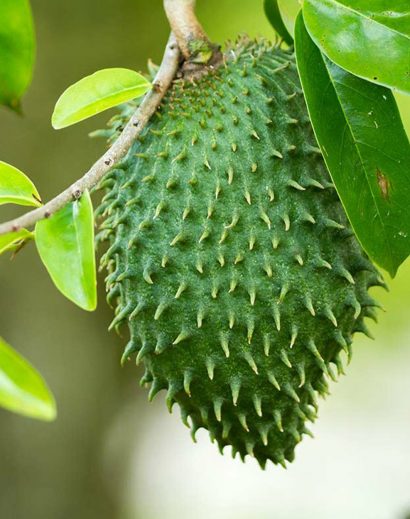
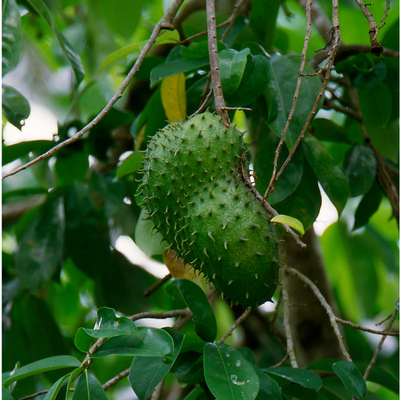
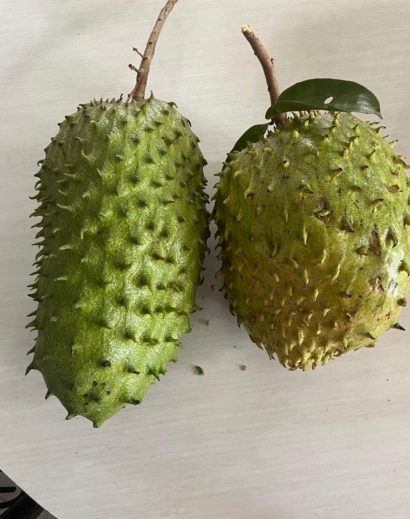
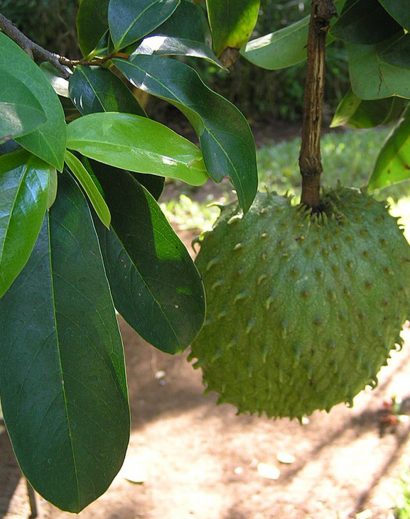
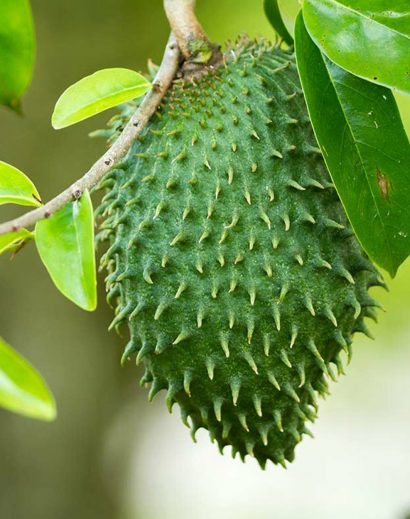
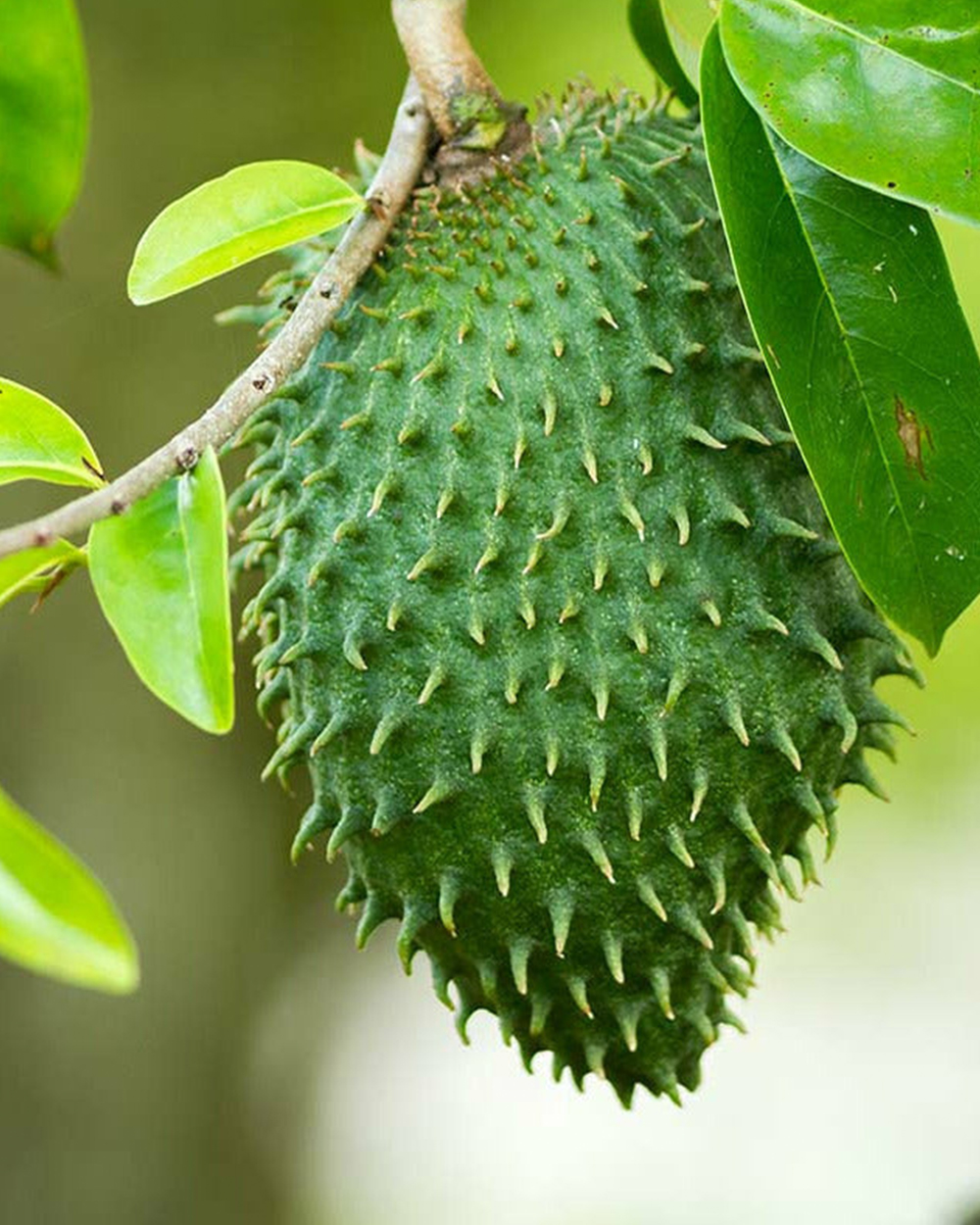
Reviews
There are no reviews yet.